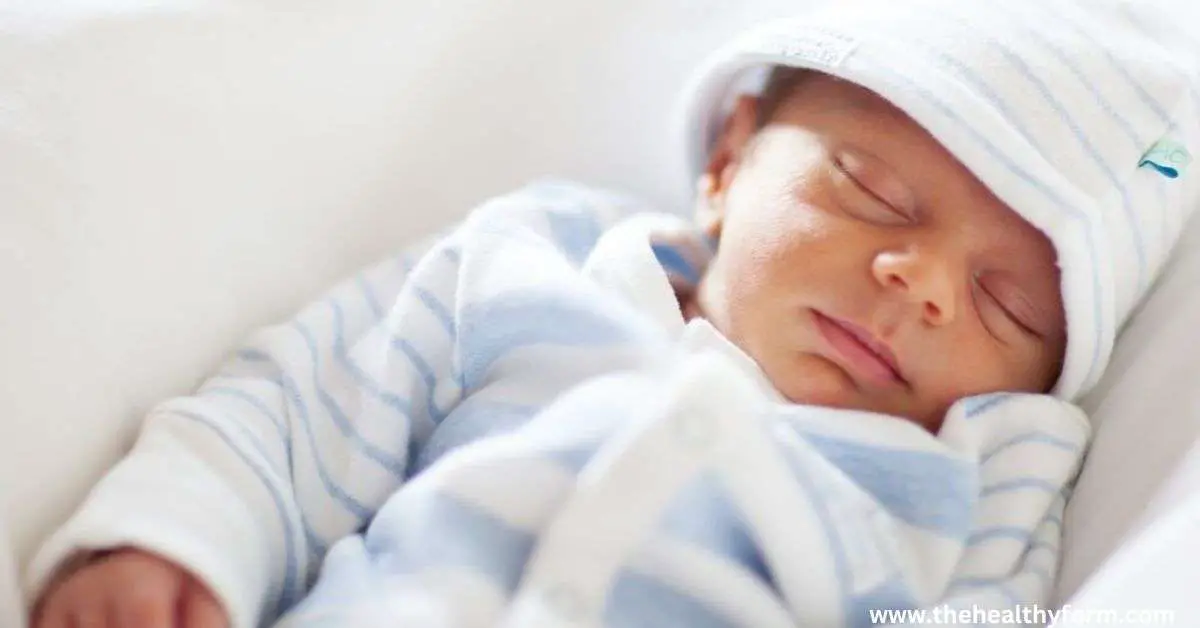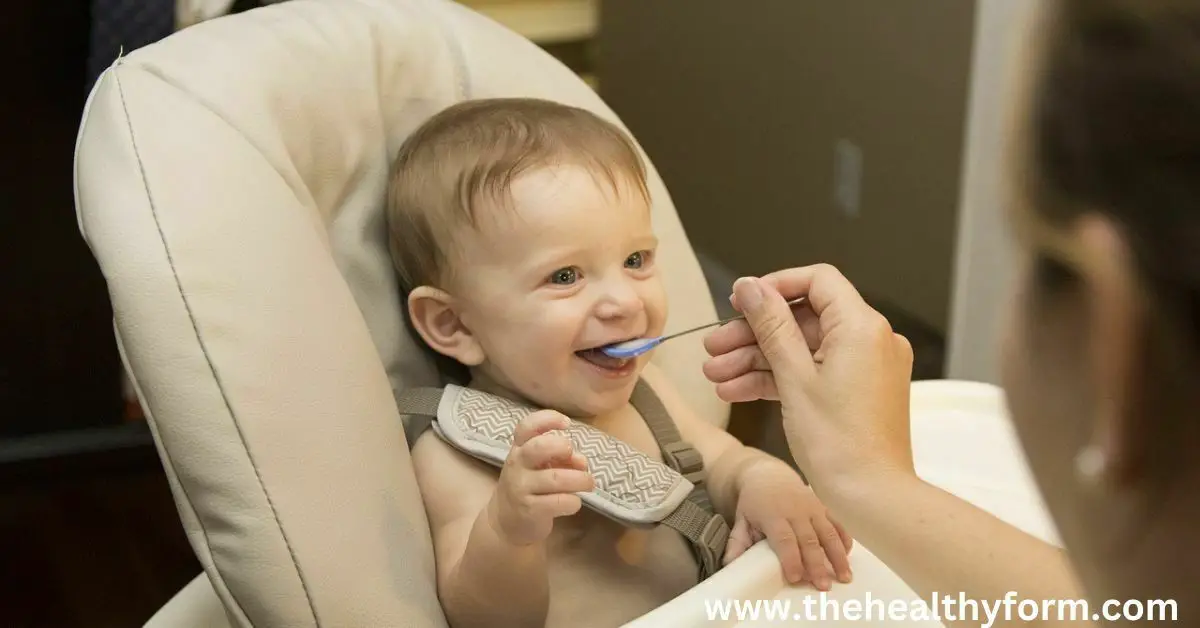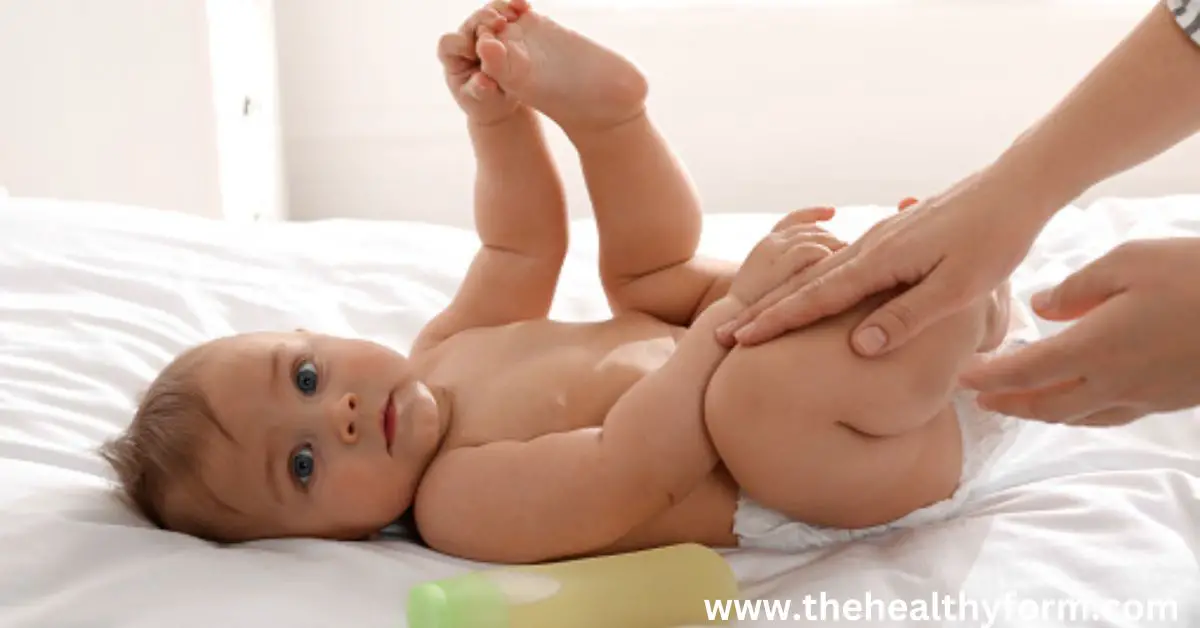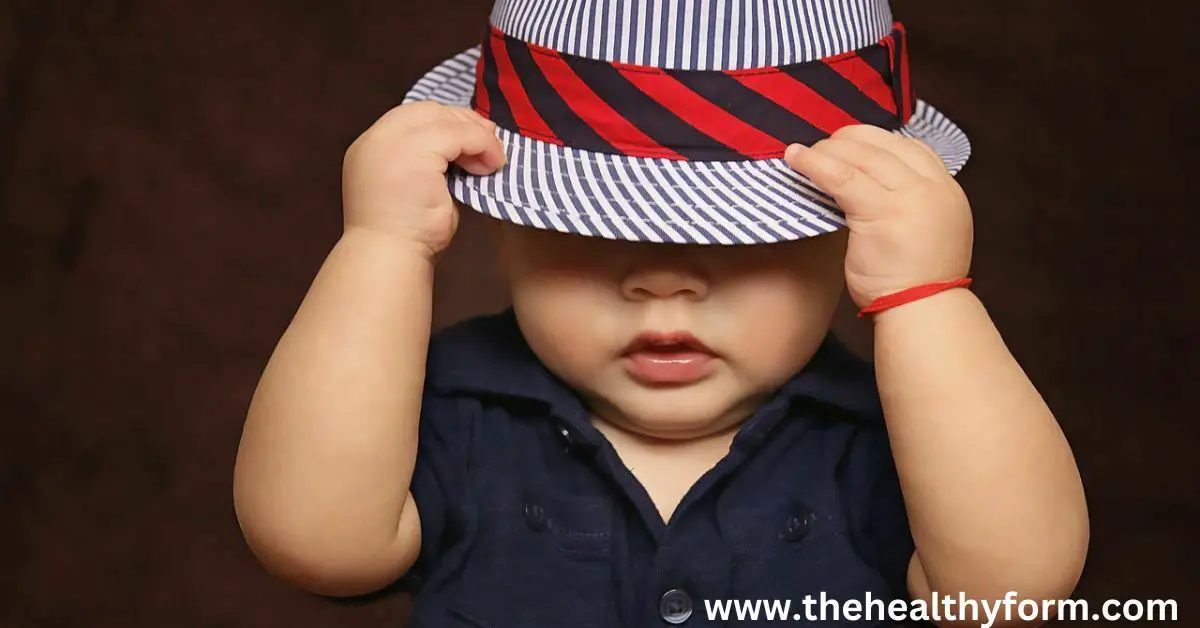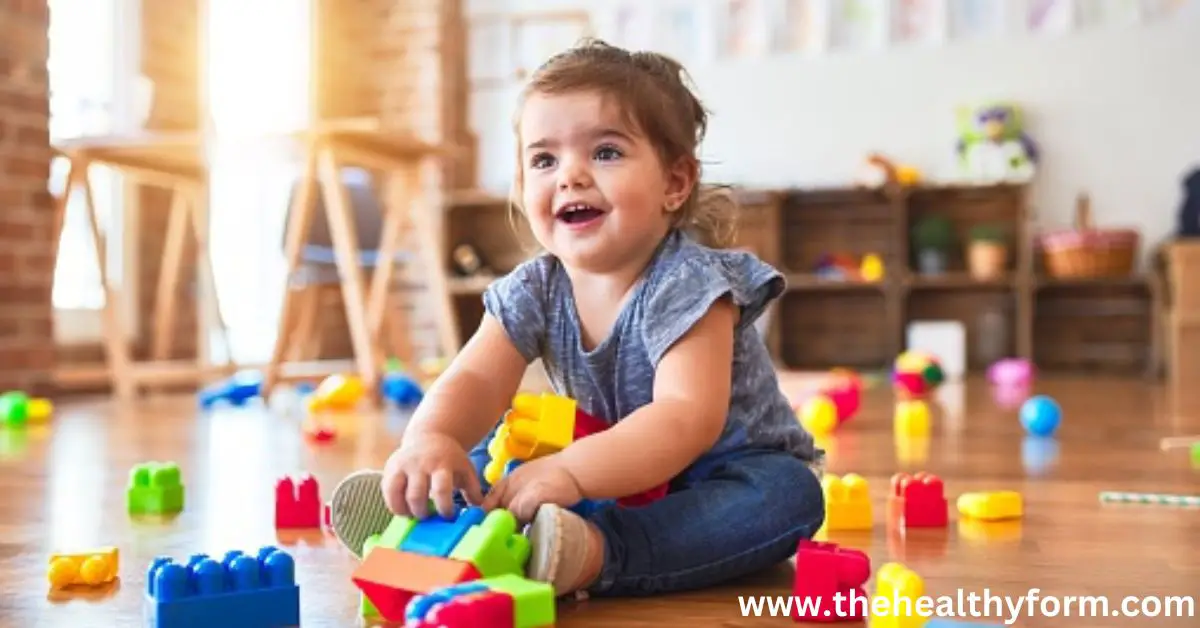Baby Safety: The Ultimate Guide to Baby Safety
The security and health of your child are always your top priorities as a parent or other adult responsible for them. Baby safety is always faced with new obstacles and dangers. Hence, it’s essential to be knowledgeable about the top procedures and tools on the market to guarantee the security of your child. We will cover all you need about baby safety in this extensive guide, from the most prevalent dangers to the greatest safety devices and recommendations for car seats and sleeping. We will also provide helpful advice on baby-proofing your home and avoiding mishaps. In this article, you’ll always be prepared to keep your child safe and secure.
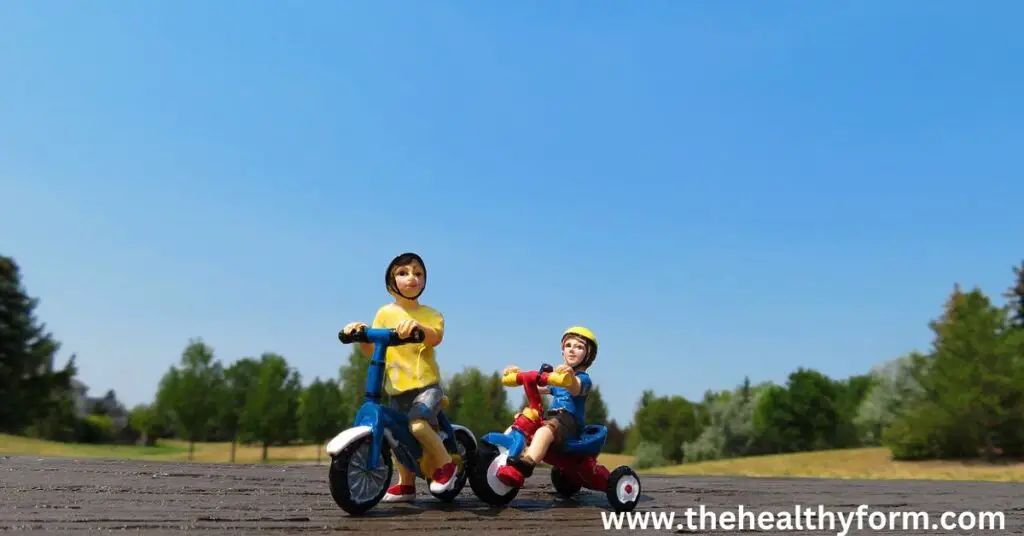
What are the Most Common Baby Safety Hazards?
Many potential hazards can pose a risk to your baby’s safety, including:
- Choking hazards: Small objects, such as coins, toys, and buttons, can be choking hazards for babies.
- Burn hazards: Hot liquids, stoves, and heaters can be burn hazards for babies.
- Fall hazards: Babies risk falling off furniture, stairs, and other high places.
- Drowning hazards: Babies can drown in as little as an inch of water, so watching them when they are near water is important.
- Poisoning hazards: Babies can accidentally ingest harmful substances, such as medications, cleaning products, and plants.
- Strangulation hazards: Babies can accidentally get tangled in cords and straps, posing a strangulation hazard.
This is just a basic list of common baby safety hazards, and it’s important to be aware of potential hazards in your home and take steps to prevent accidents.
What are the Best Baby Safety Products?
There are many baby safety products available that can help to keep your baby safe, including:
- Baby gates: Baby gates can block off areas of the house that are off-limits to your baby, such as stairs and kitchens.
- Cabinet and drawer locks: Cabinet and drawer locks can prevent your baby from accessing potentially dangerous items, such as cleaning products and medications.
- Outlet covers can prevent your baby from inserting objects into outlets and getting shocked.
- Corner and edge bumpers: Corner and edge bumpers can protect your baby from getting injured by sharp corners and edges on tables and other furniture.
- Smoke and carbon monoxide detectors: Smoke and carbon monoxide detectors can alert you to potential dangers, such as fires and gas leaks.
- First aid kit: A first aid kit can be helpful for any accidents or injuries.
Researching and choosing the best baby safety products for your needs and home is a good idea.
What are the Baby Safety Guidelines for Car Seats?
Car seats are an essential piece of baby gear that can help keep your little one safe while traveling in a car. Here are some baby safety guidelines for car seats:
- Choose the right car seat: Choose a seat appropriate for your baby’s age, weight, and height.
- Properly install the car seat: Follow the manufacturer’s instructions for installing the car seat and make sure it is properly secured.
- Use the car seat every time: Make sure to use the car seat every time you are in the car, even for short trips.
- Follow the age and weight guidelines: Follow the age and weight guidelines for your car seat to ensure that it is being used correctly.
- Replace the car seat if needed: If it is damaged, expired, or recalled, replace it immediately.
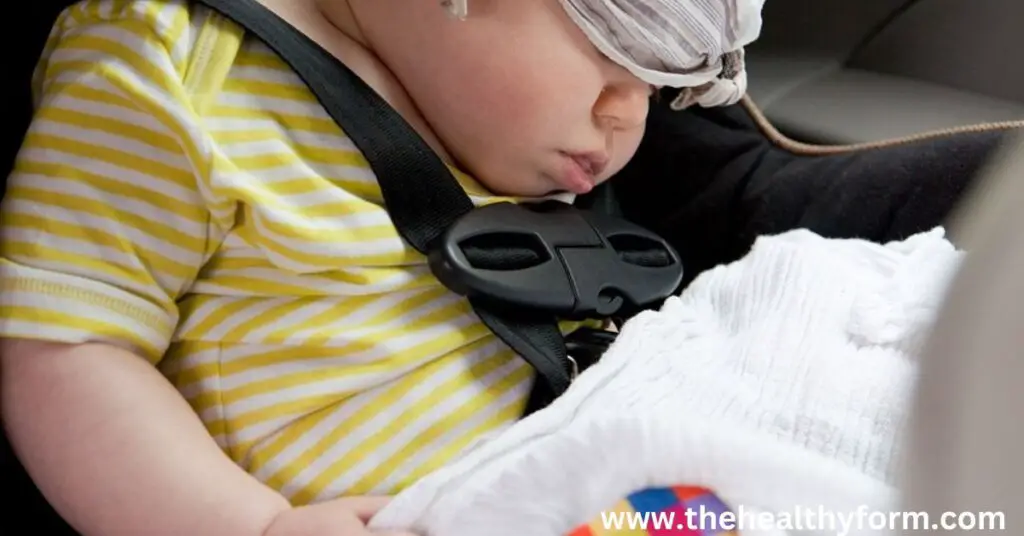
What are the Baby Safety Guidelines for Sleep?
Safe sleep practices are essential for preventing accidental injuries and Sudden Infant Death Syndrome (SIDS). Here are some baby safety guidelines for sleep:
- Place your baby on their back to sleep: Place your baby on their back to sleep, as this has been shown to reduce the risk of SIDS.
- Use a firm and flat sleep surface: Use a firm and flat sleep surface, such as a crib or bassinet, to reduce the risk of SIDS.
- Keep the sleeping area free of soft objects: Keep the sleeping area free of soft objects, such as pillows, blankets, and stuffed animals, as these can increase the risk of SIDS.
- Keep the sleeping area at a comfortable temperature: Keep the sleeping area at a comfortable temperature, as overheating can increase the risk of SIDS.
- Share a room, but not a bed: Share a room with your baby, but do not share a bed, as this can increase the risk of accidental injuries and SIDS.
How to Baby Proof Your Home?
Baby-proofing your home can help to prevent accidents and injuries. Here are some tips for baby-proofing your home:
- Lock up dangerous items: Lock up or put away items that could be dangerous for your baby, such as medications, cleaning products, and sharp objects.
- Install safety devices: Install safety devices, such as baby gates, cabinet and drawer locks, and outlet covers, to prevent your baby from accessing dangerous areas or objects.
- Cover sharp edges and corners: Cover sharp edges and corners on furniture with corner and edge bumpers to protect your baby from injury.
- Keep cords and straps out of reach: Keep cords and straps out of reach, as these can pose a strangulation hazard for your baby.
- Keep an eye on your baby: Always keep an eye on them, especially near potential hazards.
Conclusion
Baby safety is an important concern for all parents and caregivers. Following the guidelines and tips outlined in this guide can help keep your little one safe and prevent accidents and injuries. Remember always to be vigilant and take steps to prevent common baby safety hazards in your home.

